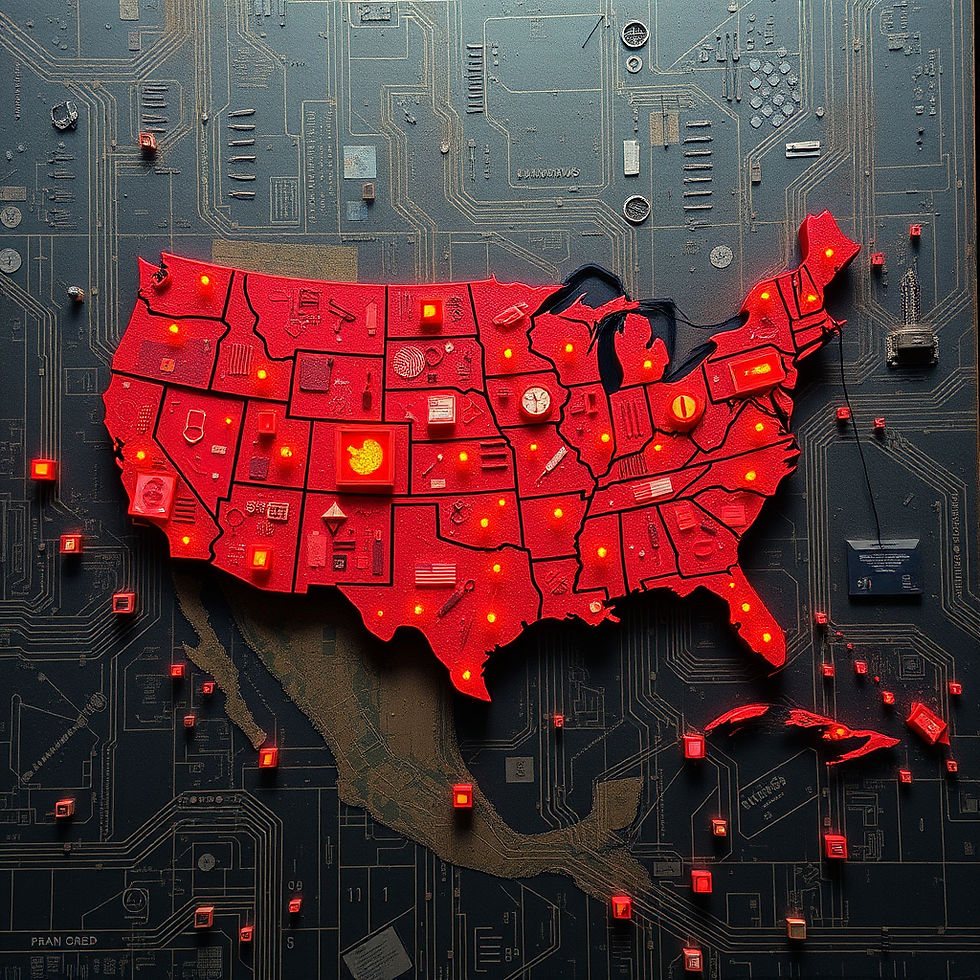As we end 2025, what does AI integration look like now?
- Kyle Schroeder

- 4 days ago
- 2 min read
McKinsey's “State of AI 2025” report was just published a few days ago, and gives us an interesting update on how far we have come with AI integration efforts in 2025. The data is promising but reveals a few perhaps unexpected findings, and challenges.
The report makes one finding clear: while nearly nine out of ten organizations now use AI in some capacity, only about a third have fully committed to scaling it. This gap between experimentation and true adoption is where the real opportunity lies. The organizations benefiting most from AI are not the ones dabbling with small pilots; they are the ones restructuring workflows, investing in strong data foundations, and treating AI as a core strategic priority rather than a side project. McKinsey’s data shows that meaningful value emerges only when leaders “go all in,” integrating AI deeply into operations instead of sprinkling it around the edges.
The report also highlights the rapid ascent of agentic AI systems, capable of executing multi-step tasks autonomously. Despite their potential, only 23% of organizations have begun to scale these systems, largely because they require more than just new software—they demand cultural adoption and deliberate organizational readiness. Early adopters are already seeing gains in innovation, customer operations, and decision-making, but McKinsey’s message is clear: these benefits materialize only when organizations commit to broad, cross-functional integration and stop viewing AI as a tool for isolated use cases.
Yet with this opportunity comes responsibility.
McKinsey notes rising concern around accuracy, cybersecurity, and privacy, underscoring the reality that AI is now being used in contexts where errors carry real consequences. That’s why the report places heavy emphasis on responsible AI governance—systems for oversight, risk assessment, transparency, and human–AI collaboration. Organizations that invest early in governance frameworks and align them with ambitious adoption strategies will not only protect themselves—they will accelerate value creation.
The message is simple: the winners in the next phase of AI will be those who build strong guardrails and lean in fully, embracing AI as a transformative capability rather than a tentative experiment.




Comments